
This web site, https://www.vcru.wisc.edu/sdata, contains data from the laboratory of Philipp W. Simon, USDA-ARS Vegetable Crops Research Unit [Click here for our web page]
 |
USDA ARS VCRU Data Server This web site, https://www.vcru.wisc.edu/sdata, contains data from the laboratory of Philipp W. Simon, USDA-ARS Vegetable Crops Research Unit [Click here for our web page] |
The following photographs were published in Carrots and Related Vegetable Umbelliferae by V.E. Rubatzky, C.F. Quiros and P.W. Simon
published in 1999 by CABI Publishing. New York, NY. 294 pp. ISBN 0 85199 129 7
These are the original color versions of those photographs, some of which were published in black and white.
Higher resolution versions are available by clicking on either the photograph or on the figure legend.
sm.png)
Fig. 2.1. (a) Representative carrot umbel

Fig. 2.2. Representation of carrot flower: (a) side view, (b) top view, (c) schizocarp (fruit) and (d) paired mericarps (seeds).
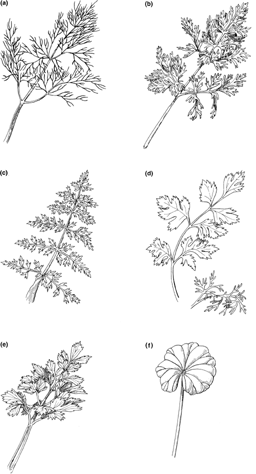
Fig. 2.3. Leaf shapes of several vegetable Umbelliferae.
Foliage of various umbellifers exhibit a wide range of forms.
They range from compound thread-like leaflets such as dill (a) to the circular non-segmented leaves of lawn pennyword (f).
(a) Dill, (b) carrot, (c) caraway, (d) coriander, (e) lovage, and (f) lawn pennywort.

Fig. 2.4. Carrot storage root anatomy: (a) longitudinal and (b) cross-section.
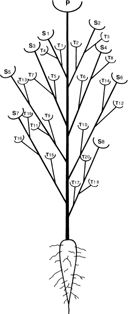
Fig. 2.5. Succession of umbel development in carrot. P = primary, S = secondary and T = tertiary;
numbers indicate order of development of secondary and tertiary umbels. Fourth and higher orders may also occur.
 Angelica |
 Anise |
 Caraway |
 Carrot |
 Celery |
 Chervil |
 Coriander |
 Culantro |
 Cumin |
 Dill |
 Fennel |
 Lovage |
 Parsley |
 Parsnip |
 Skirret |
 Turnip-rooted chervil |
Fig. 2.6. Seed shapes of several vegetable Umbelliferae.
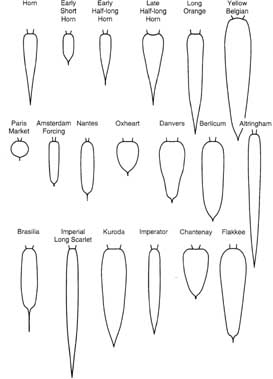
Fig. 3.5. Typical shapes of a diverse collection of carrot cultivars.
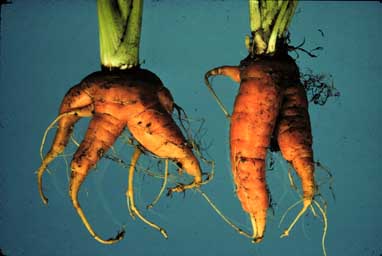
Fig. 4.6. Misshapen roots. The condition may be induced by Pythium, early nematode infection and/or abiotic causative factors.
sm.jpg)
Fig. 6.1(a). Aster yellows-infected (a) flowering carrots
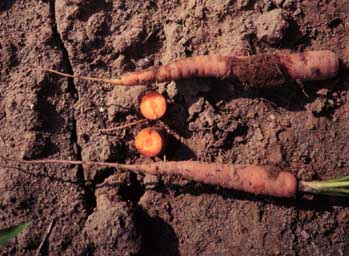
Fig. 6.16. Carrot roots infested with carrot root fly Psila rosae. Larvae can be seen protruding from the upper
surface of the lower intact root, also from the bottom half of the upper cross section portion. Larvae feeding is
also evident in upper mid portion of the tap root.